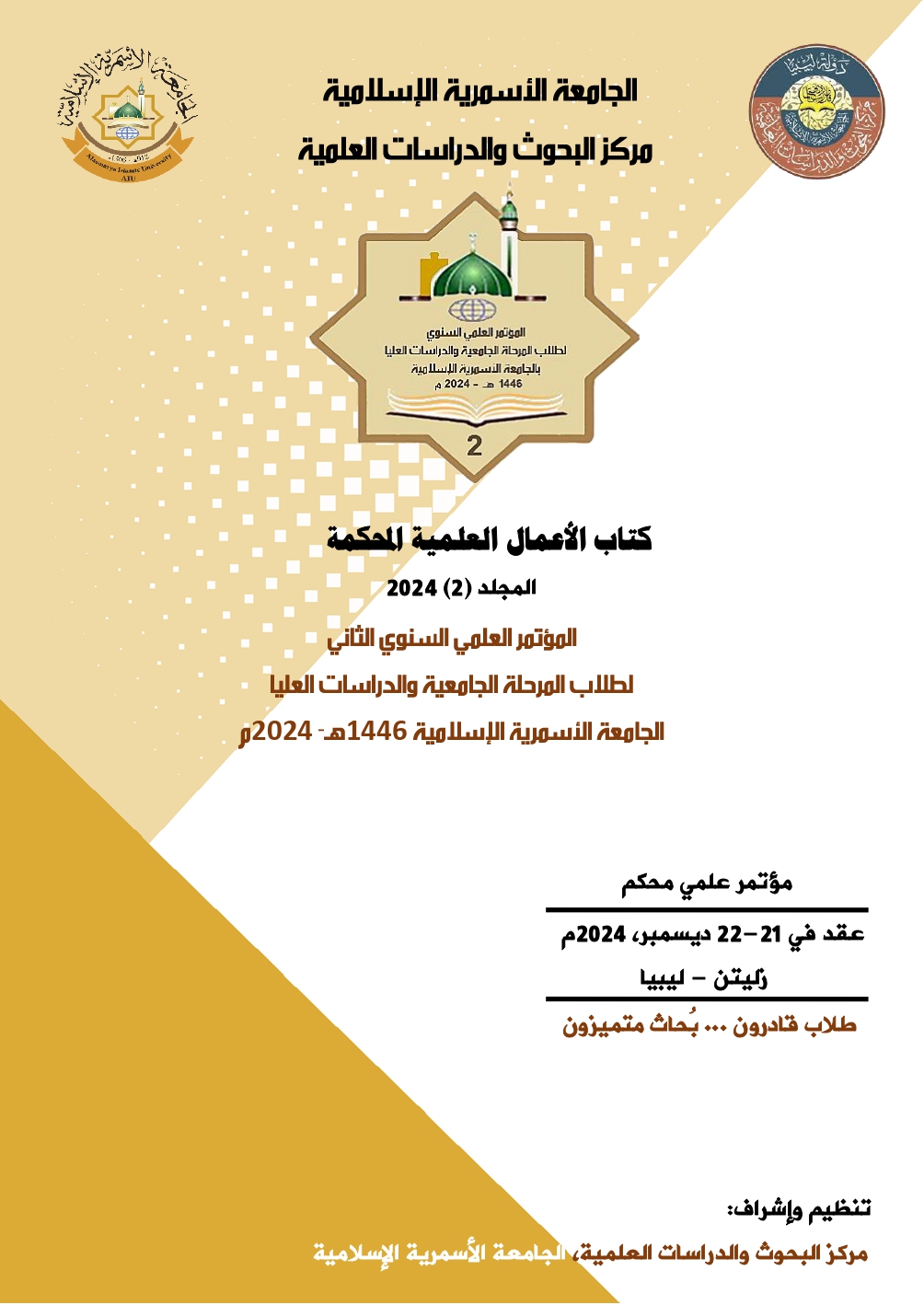Is Classical Arabic a Dead Variety?
Keywords:
Holy Qur’ān, Classical Arabic (CA), Colloquial dialects, Diglossia, Arab nationalismAbstract
This paper presents a literature based review of the current status of Classical Arabic. The death or vitality of Classical Arabic is a controversial topic which raised the interests of many scholars and researches for a long period of time. It shall be argued in this review that Classical Arabic is a living variety and can never vanish for a number of reasons. The researcher begins by revisiting the literature of Classical Arabic. Then, different views and debates concerning the sociolinguistic situation of Classical Arabic are deeply discussed and investigated. Finally, evidences are provided that support the researcher's overview of the liveliness of Classical Arabic.
Downloads
References
Albirini, A. (2016). Modern Arabic sociolinguistics: Diglossia, variation, codeswitching, attitudes and identity. Routledge.
Almurashi, W. A. (2017). Why we should care about language death. International Journal of English Language and Linguistics Research, 5(5), 62-73.
Alshamrani, H. (2012). Diglossia in Arabic TV stations. Journal of King Saud University-Languages and Translation, 24(1), 57-69.
Al-Sharkawi, M. (2017). History and development of the Arabic language. Routledge.
Al-Suwaiyan, L. (2018). Diglossia in the Arabic language. International Journal of language and linguistics, 5(3), 228-238.
Amara, M. (2017). Challenges of Arabic language education policies in the Arab World. In: The Routledge Handbook of Arabic Linguistics, Benmamoun E. & Bassiouney R. (Eds), pp. 546-559. Routledge.
Aramouni, H., E. (2011). The impact of diglossia on Arabic language instruction in higher education: Attitudes and experiences of students and instructors in the US. Doctoral dissertation, California State University, Sacramento.
Bassiouney, R. (2014). Language and Identity in modern Egypt. Edinburgh University Press.
Choueiri, Y. (2005). Arab Nationalism: A history nation and state in the Arab world. Oxford.
Ferguson, C. A. (1966). National sociolinguistic profile formulas. Sociolinguistics, 1967, 309-324.
Fischer, W. (2006). Classical Arabic. In: Encyclopedia of Arabic Language and Linguistics, Ingham, B., Versteegh, K., Eid, M., Algibali, A., Woidich, M., & Zaborski, A. (Eds.), pp. 397-405. Brill.
Gruyter, W. (2004). Sociolinguistics. Walter de Gruyter.
Haeri, N. (2000). Form and Ideology: Arabic sociolinguistic and beyond. Annual Reviews, 29, 61-87.
Haeri, N. (2003). Sacred Language, Ordinary People: Dilemmas of culture and politics in Egypt. Palgrave Macmillan.
Holmes, J. (2013). An Introduction to Sociolinguistics. Routledge.
Kamusella, T. (2017). The Arabic language: A Latin of modernity?. Journal of nationalism, Memory & Language Politics, 11(2), 117-145.
Maamouri, M. (1998). Language Education and Human Development: Arabic diglossia and its impact on the quality of education in the Arab region. Mediterranean Development Forum, ERIC.
Parkinson, D. (1991). Searching for modern fusha: Real-life formal Arabic. Al-Aarabiyya, 24, 31-64.
Sabah, S. (2015). Is Standard Arabic Dying?. Arab World English Journal, 6(2), 54-56.
Stewart, W. (1968). A sociolinguistic typology for describing national multilingualism. Readings in the Sociology of Language, 3, 531-545.
Suleiman, Y. (2019). The Arabic Language and National Identity: A study in ideology. Edinburgh University Press.
Wardhaugh, R. (2010). An Introduction to Sociolinguistics. Wily-Blackwell.
Yacoub, M. A. (2015). Diglossic Situation of Arabic language in Egypt: Is low variety planned to get standardized?. International Journal of Social Science and Humanities Research, 3(1), 382-387.
Downloads
Published
Conference Proceedings Volume
Section
License

This work is licensed under a Creative Commons Attribution-NonCommercial-NoDerivatives 4.0 International License.





